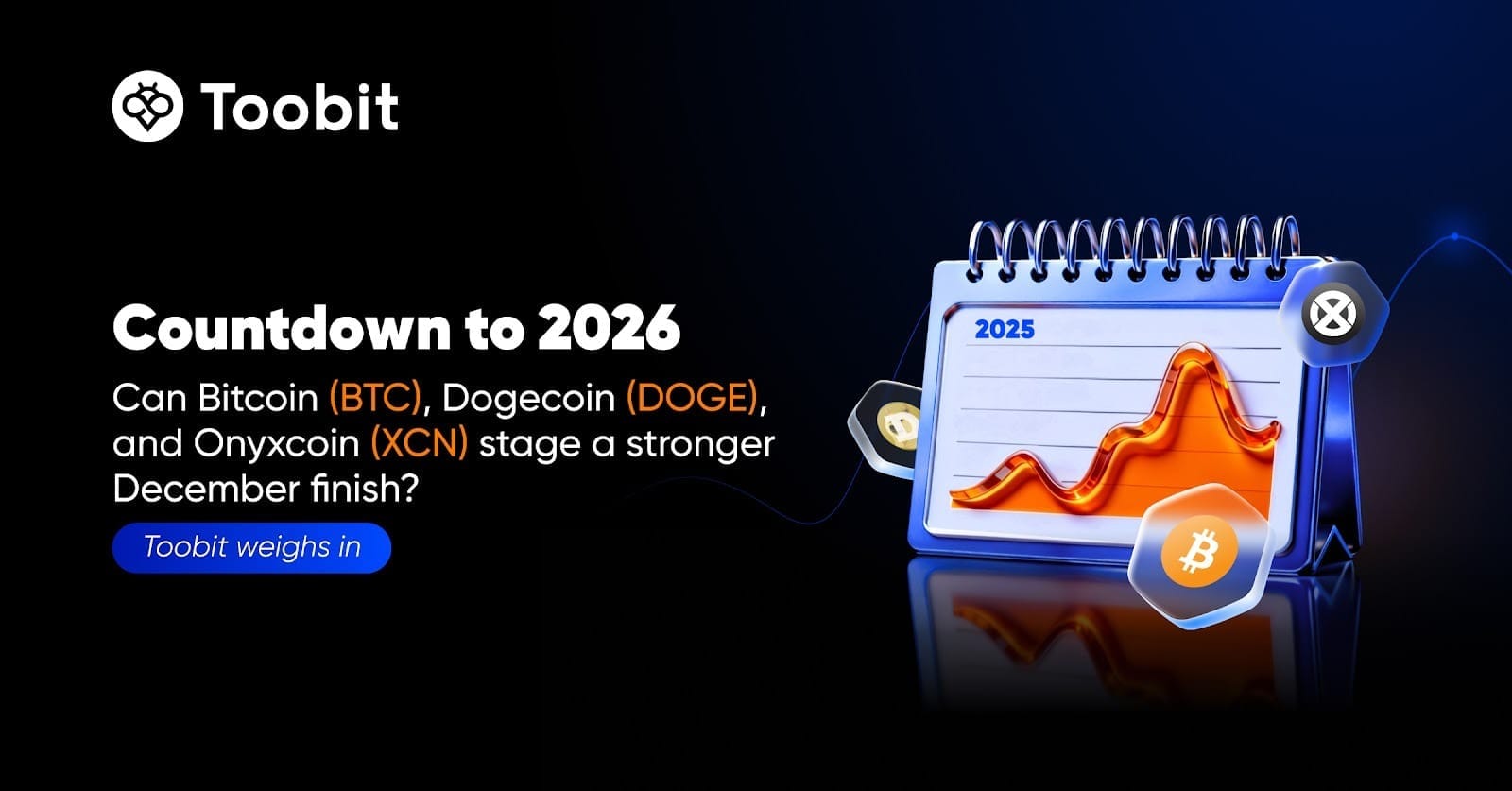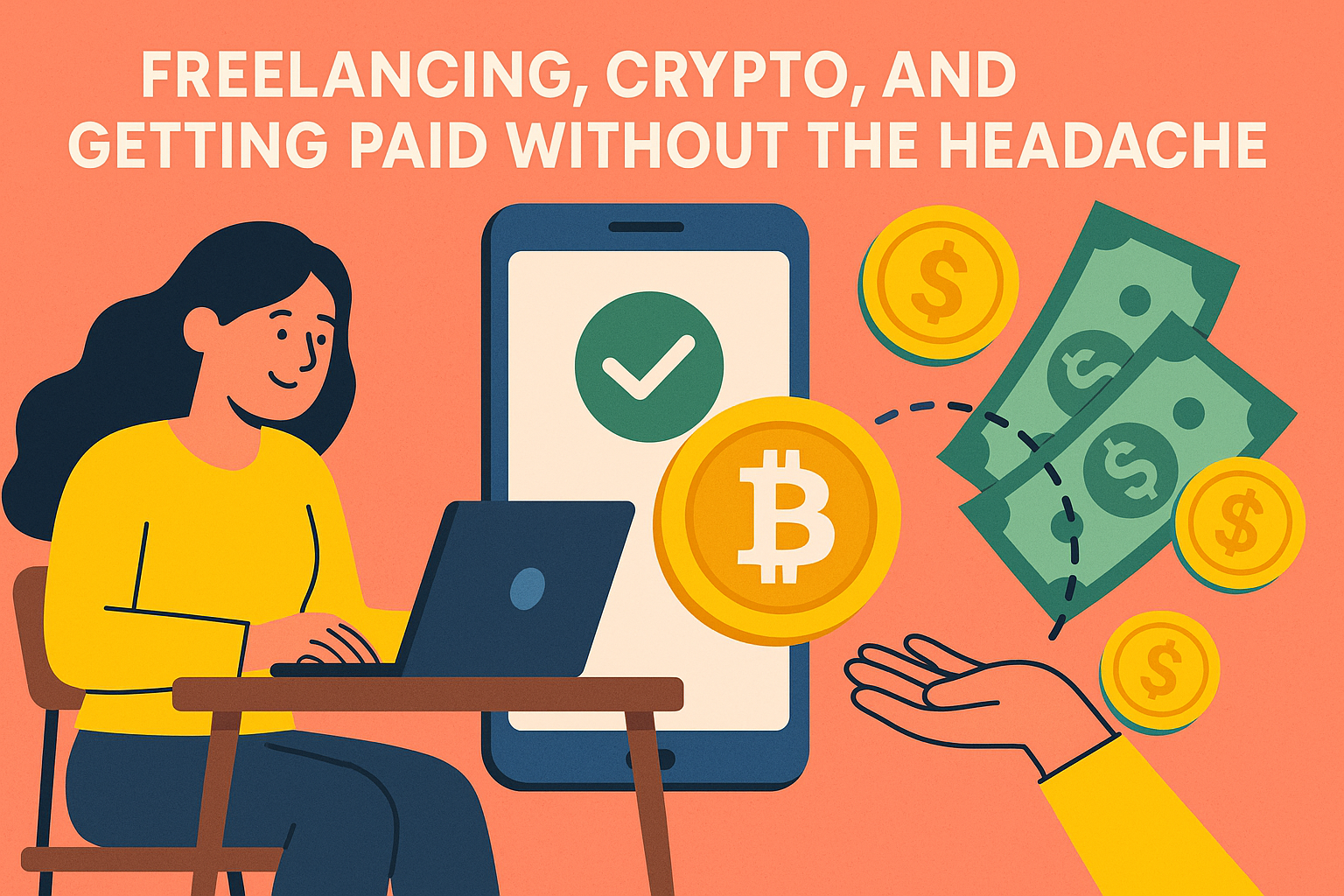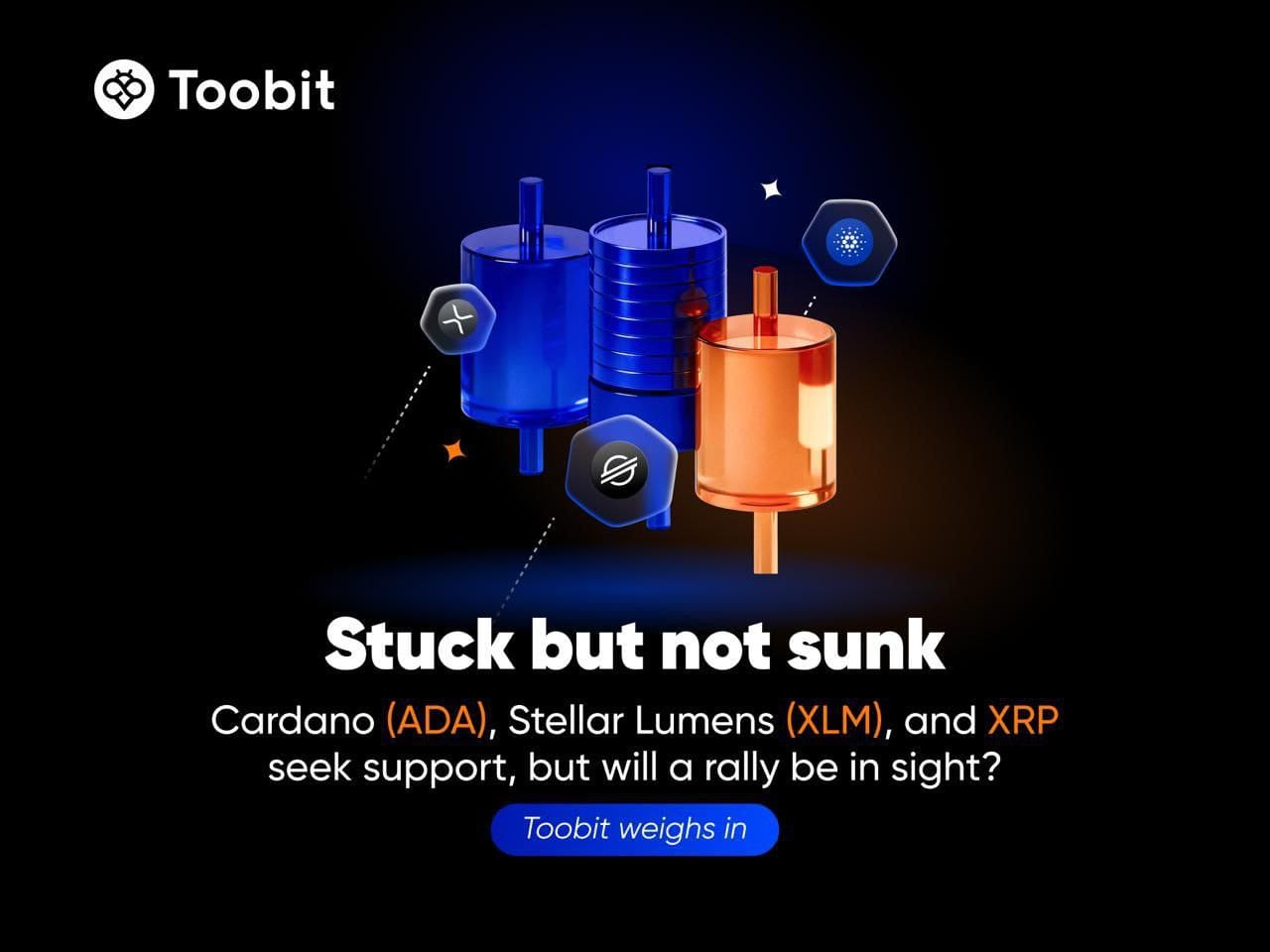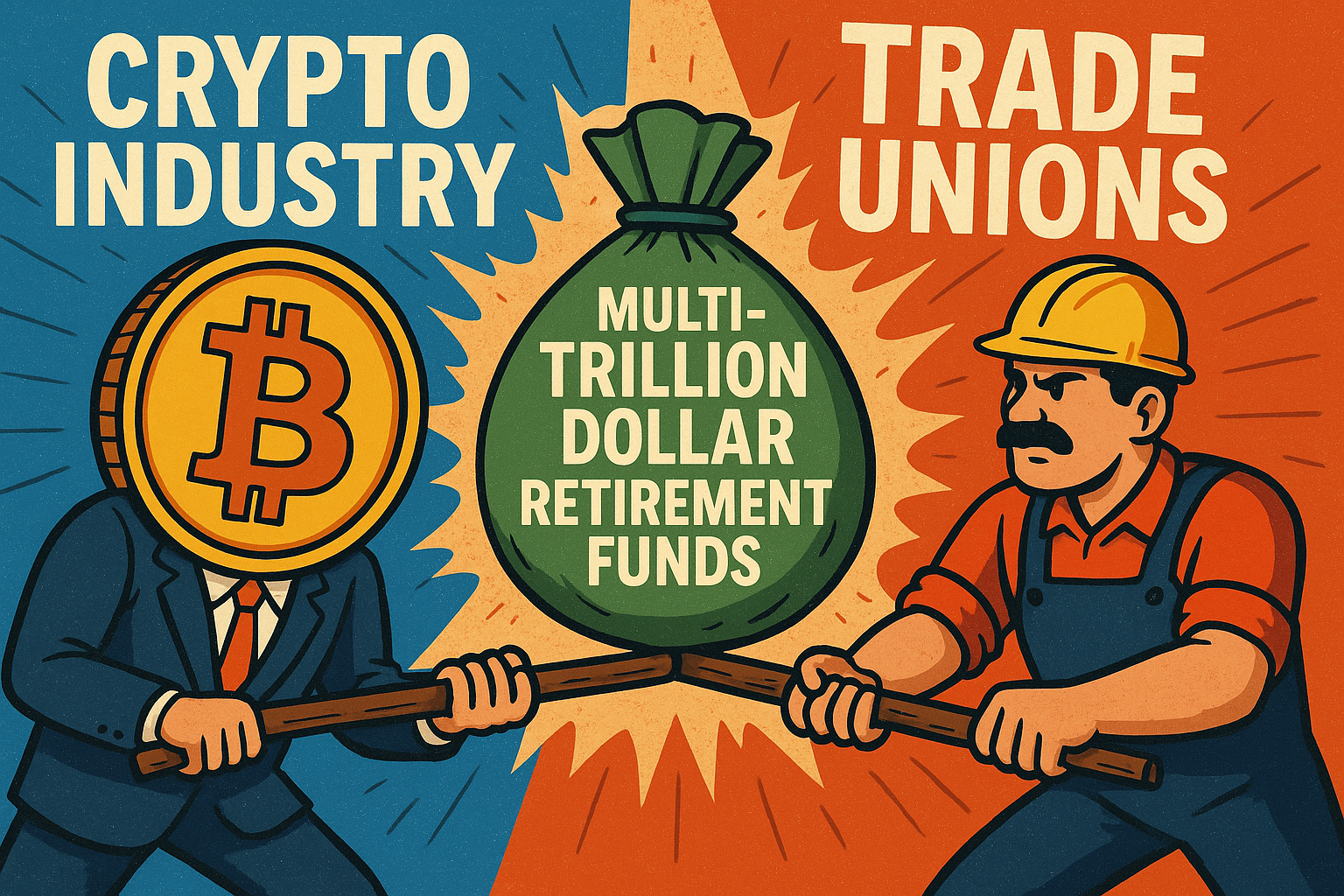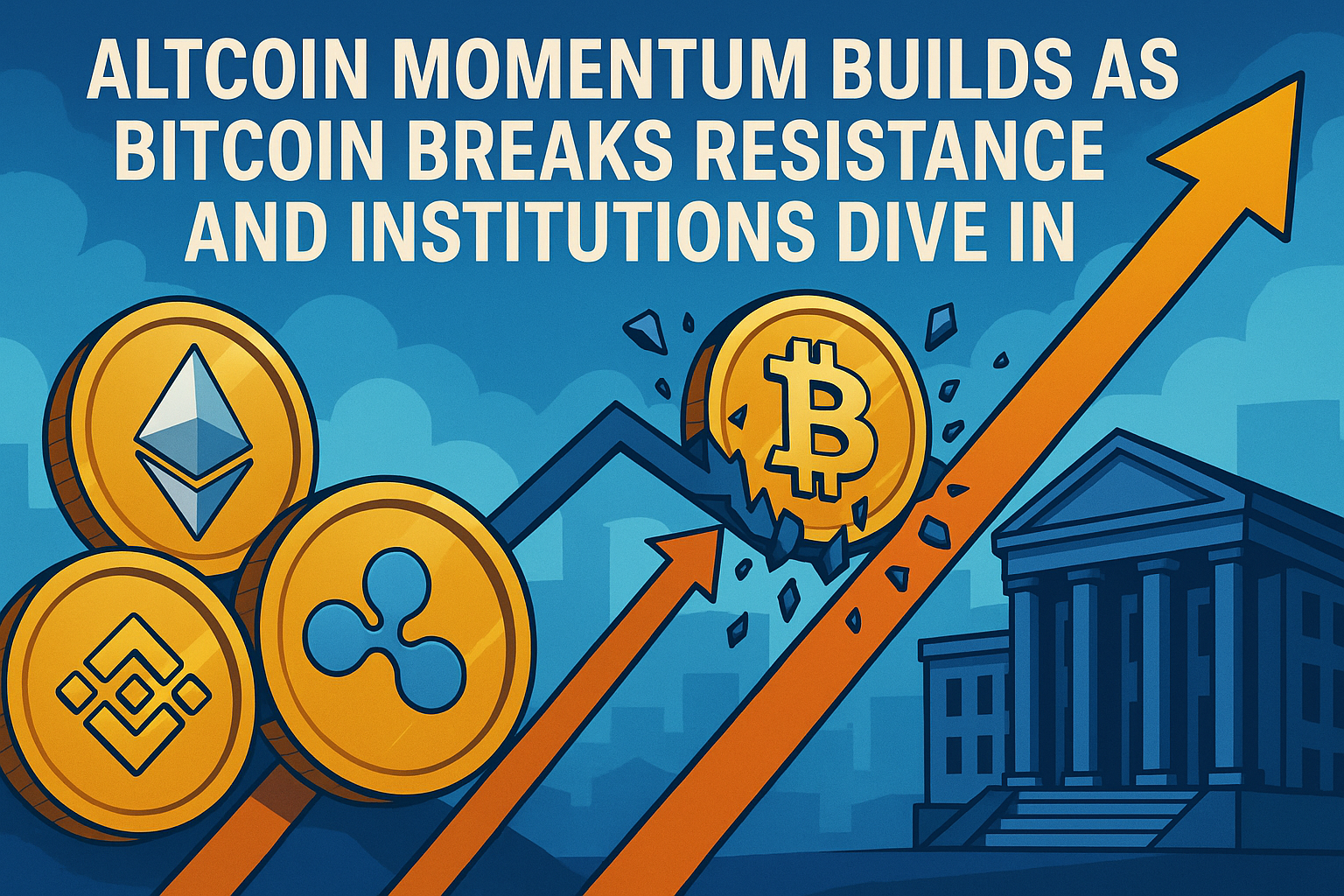Table of Contents
The cryptocurrency market has undergone significant transformations, breaking barriers and challenging traditional financial space. Bitcoin, the pioneer of decentralized digital currency, has paved the way for many altcoins and tokens, each with its unique features and use cases. The market cap of cryptocurrencies has witnessed remarkable expansion, reflecting a growing acceptance of digital assets among investors and institutions.
What sets the cryptocurrency market apart is its inherent dynamism. Unlike traditional financial markets, the crypto space operates 24/7, fostering a continuous stream of innovation, market activity, and technological advancements. Projects and tokens emerge, evolve, and sometimes fade away in this fast-paced environment. The decentralized nature of blockchain technology, coupled with increasing institutional interest, has the potential to revolutionize various industries.
How To Select Token?
Identifying promising tokens in the vast and dynamic cryptocurrency market requires a meticulous evaluation process. The criteria used to pinpoint tokens with the potential for significant growth encompass a multifaceted approach, considering various factors that contribute to a project's viability and sustainability.
A fundamental assessment of the underlying blockchain technology supporting the token. Scalability, security, and the ability to adapt to future developments are crucial considerations. Analysis of partnerships with established companies, institutions, or other blockchain projects. Strong collaborations can enhance a token's credibility and open doors to new opportunities.
Measured the level of community involvement, including online forums, social media channels, and community-driven initiatives. A vibrant and engaged community often signifies a project's potential for growth. Examine the token's GitHub repositories and developer community to gauge ongoing development and commitment to project improvement.
Evaluate the token's relevance in addressing current market demands and trends. Tokens with a clear use case and a solution to real-world problems are more likely to experience sustained growth.
What Is Ethereum And How Does It Work?
Ethereum is a decentralized software platform that allows developers to build and deploy smart contracts and decentralized applications (dApps). Ethereum's platform enables the creation of these smart contracts, providing a decentralized and tamper-proof way to facilitate and automate various types of agreements like Bitcoin Billionaire.
Ethereum, like Bitcoin, is based on blockchain technology. The native coin of the Ethereum platform is called ether. It is used to compensate participants who perform computations and validate transactions on the network.
Ethereum provides a platform for the development and deployment of decentralized applications. Ethereum underwent a significant upgrade, transitioning from a Proof-of-Work (PoW) to a Proof-of-Stake (PoS) consensus mechanism.
What is Tether (USDT)?
Tether (USDT) is a cryptocurrency stablecoin designed to maintain a steady valuation by pegging its value to the U.S. dollar. It is backed "100% by Tether's reserves," as stated on its website. Tether is owned by iFinex, the Hong Kong-registered company that also owns the cryptocurrency exchange BitFinex.
Tether belongs to the category of stablecoins, which aim to keep the price of their tokens stable by pegging them to the value of traditional currencies, such as the U.S. dollar. Initially launched in July 2014 as RealCoin and later rebranded as Tether in November 2014, it was originally based on the Bitcoin blockchain. However, Tether now supports various blockchain protocols, including Bitcoin's Omni and Liquid, Ethereum, TRON, EOS, Algorand, Solana, and Bitcoin Cash (SLP).
As of January 2023, Tether was the third-largest cryptocurrency by market capitalization, following Bitcoin (BTC) and Ethereum (ETH). Tether's USDT, being a stablecoin, is the largest stablecoin in terms of market capitalization, reaching nearly $68 billion.
Tether issues tokens pegged to various currencies, including the euro, offshore Chinese yuan, Mexican peso, and gold. However, the vast majority of its market cap comes from its U.S. dollar-pegged USDT tokens.
Use Cases And Functionality Of Tether
Tether is used by investors seeking to avoid the price volatility commonly associated with other cryptocurrencies. Holding funds in the form of USDT allows users to maintain a relatively stable value within the crypto ecosystem. Tether has expanded its reach beyond the U.S. dollar peg, making inroads into other geographic areas, including China, Mexico, and the Eurozone.
Tether aids investors in moving funds between cryptocurrency markets and the traditional financial system, minimizing volatility due to its 1-to-1 peg to traditional currencies.
What is Binance Coin (BNB)?
Binance Coin (BNB) is a cryptocurrency issued by the Binance exchange and is denoted by the symbol BNB. Binance Exchange, as of August 2023, stands as the world's largest cryptocurrency exchange with a trading volume of $6.7 billion.
BNB was initially based on the Ethereum blockchain with the ERC-20 standard. However, it has evolved to become the native currency of Binance's blockchain, known as the Binance Chain.
Binance conducts regular token-burning events where it uses one-fifth of its profits to repurchase and permanently destroy (burn) Binance Coins held in its treasury. This process is aimed at reducing the total supply of BNB.
Created as a utility token for discounted trading fees in 2017, the uses of BNB have expanded to various applications. It is used for payments of transaction fees on Binance.com, Binance DEX, and Binance Chain.
As of August 15, 2023, Binance Coin holds the fourth-largest market capitalization among cryptocurrencies, trailing only Bitcoin, Ethereum, and USD Tether.
Despite initially offering 100 million Binance tokens in its ICO, BNB's current total supply is lower due to quarterly token burns. Binance uses its profits to buy back and burn BNB tokens held in its treasury. The Binance Smart Chain, as of August 15, 2023, was processing as many as 3.9 million daily transactions, surpassing Ethereum's all-time high in daily transactions.
Uses Of BNB
BNB is used for transaction fees on Binance platforms. BNB is utilized for payments at various places, including Crypto.com, Monetha, and HTC. It is also accepted for travel bookings on sites like TravelbyBit, Trip.io, and Travala.com.
BNB finds applications in entertainment (virtual gifts, card packs, lotteries) and online services (BitTorrent, Canva, Storm). BNB can be used for financial purposes such as taking out a loan at ETHLend or making investments at Moeda.
What is XRP?
XRP is a cryptocurrency and the native token of Ripple, a company founded in 2011 by Jed McCaleb and Chris Larsen. It is utilized to facilitate transactions on the Ripple network, primarily enhancing global financial transfers and currency exchanges. Investors also use XRP for storing value and capitalizing on price fluctuations.
XRP operates as both a cryptocurrency and the token of Ripple. It is pre-mined, and its total supply is capped at 100 billion tokens. XRP is known for being more cost-effective, having faster transaction times, and being less energy-intensive than Bitcoin. It serves as a settlement layer on the Ripple network.
Ripple began as Ripplepay in 2004, founded by Ryan Fugger. Co-founded by Chris Larsen and Jed McCaleb in 2012, the goal was to create a faster and more secure global transaction system.
Ripple went through several name changes from 2012 to 2015, evolving from Newcoin to OpenCoin and finally rebranding as Ripple Labs. XRP is an open-source digital asset independent of Ripple, the technology company. Ripple uses XRP in its solutions for efficient and compliant transactions.
80 billion XRP tokens were allocated to Ripple, with 55 billion locked in escrow. The remaining 20 billion went to Ripple co-founders and the core team. Less than 1 billion XRP per month is released. XRP operates on its decentralized, open-source blockchain (XRP ledger) and facilitates transactions through the Ripple transaction protocol (RTXP). About 53% of XRP tokens are in circulation.

